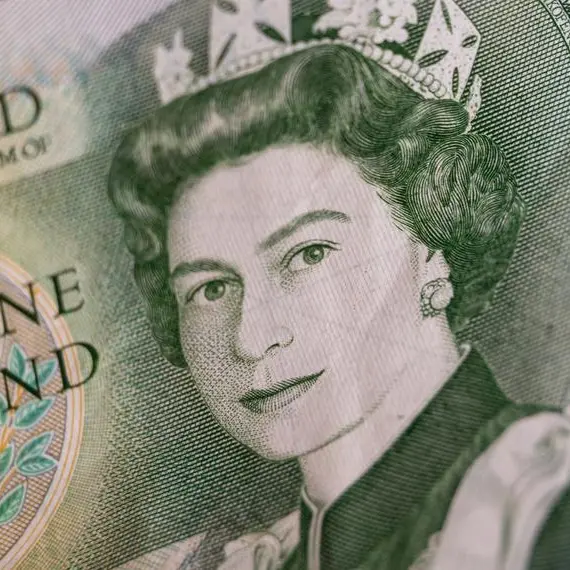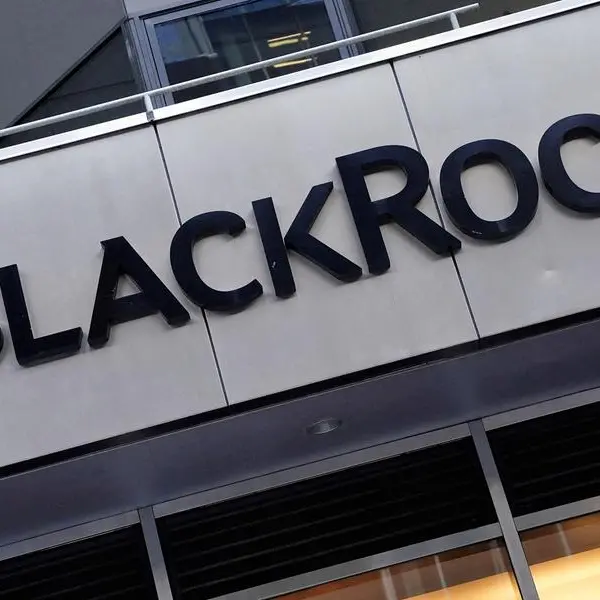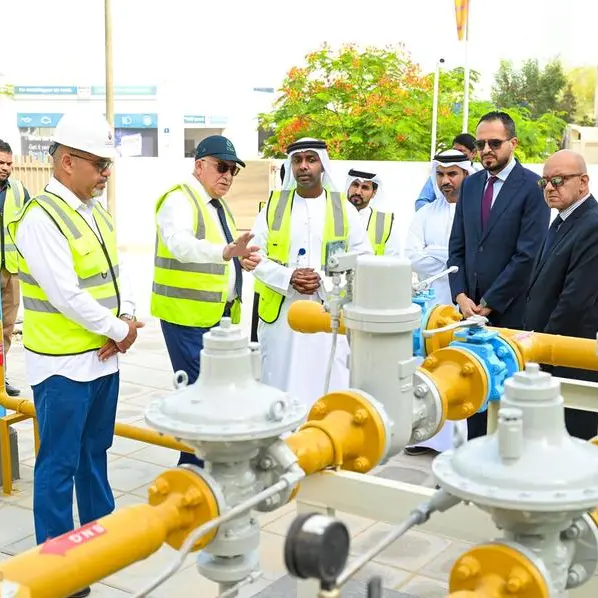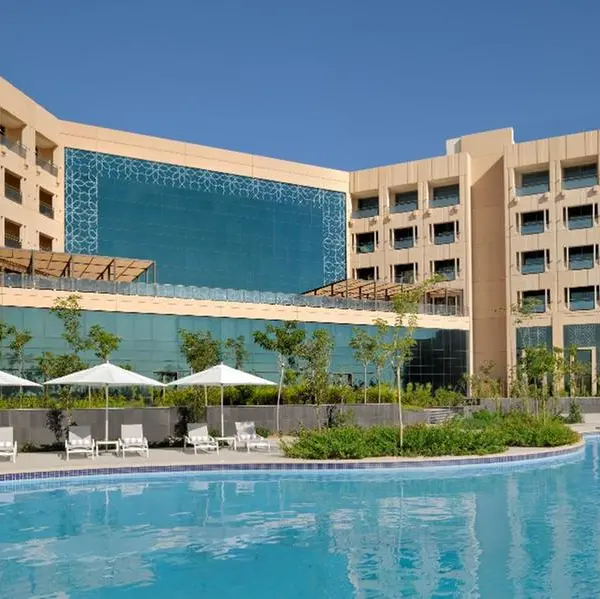ABU DHABI- H.H. Sheikh Hamdan bin Zayed Al Nahyan, Ruler's Representative in Al Dhafra Region, and Chairman of the Environment Agency - Abu Dhabi, EAD, expressed his optimism about the recorded improvement in fish stocks of commercially important key fish species in Abu Dhabi waters.
"Because fishing is an important component of our marine heritage, a plan had to be devised to revitalise and replenish the fish stocks in Abu Dhabi by following ideal methods and ways to ensure the sustainability of fisheries. We implemented a series of decisive administrative measures and procedures that reduced pressure on fisheries in the commercial and recreational sectors, in addition to improving fish stocks and rehabilitating the habitats of fisheries," Sheikh Hamdan said.
Mohammed Ahmed Al Bowardi, Vice Chairman of EAD, praised the results achieved by EAD, considering it a step in the right direction to rebuild the main fish stocks above the sustainable threshold of the Spawning Biomass per Recruit, SBR, KPI which is 30 per cent.
Al Bowardi emphasised that the agency is continuing to achieve its desired goals in cooperation with the Ministry of Climate Change and Environment and its strategic partners within the framework of comprehensive efforts to protect marine resources through the National Framework for Sustainable Fisheries of the United Arab Emirates.
Razan Khalifa Al Mubarak, Managing Director of EAD, confirmed that positive results were possible due to the support of leadership, the strategic partners of EAD such as the Critical Infrastructure and Coastal Protection Authority, the Ministry of Climate Change and Environment and the Abu Dhabi Fishermen Cooperative Society, who played an effective role in supporting the agency’s efforts to achieve sustainability in the fishing sector.
EAD employs two main sustainability indicators to monitor fish stocks. The first key indicator is the Spawning Biomass per Recruit, SBR, which is the percentage of the fish that are old enough to spawn, thus allowing for the renewal of the stock. This index is used for species such as Hamour, Shaari, Farsh and Kanaad. The second indicator is the Sustainable Exploitation Index, SEI, that is used to describe the proportion of species that are sustainably exploited from the total assessed landings.
EAD revealed at the beginning of 2019 the results of a fish resources survey that it carried out during the period 2016-2018, which showed that fish stocks were in urgent need of protection from overexploitation and that necessary measures and procedures must be taken for their sustainability and development.
The results of the survey also showed that the main fish species, such as Hamour, Shaari and Farsh are the most exposed species at a rate of three to five times the limits of sustainable fishing. According to the results, the species faced over-exploitation, with the adult stock size only 7 per cent for Hamour, 11 per cent for Shaari and 6 per cent for Farsh respectively, indicating that more than 85 per cent of the stock size of these species is subject to excessive depletion.
The agency’s data revealed a noticeable improvement in the SBR which determines the ratio of the adult stock size for three main commercial fish species: Hamour, Shaari and Farsh in comparison to the size of their untapped stock.
It is expected that these indicators will continue rising in the future if the implementation of the existing measures are sustained, especially the banning of Gargoor fishing that targets the main species that include Hamour, Shaari and Farsh.
With regards to the SEI which describes the proportion of species that are sustainably exploited out of the total assessed catch, the data of EAD revealed a noticeable increase during a short time from the application of fishing measures and procedures, as the index increased from 5.7 per cent in 2018 to 29.3 per cent at the end of 2019. This increase is attributed to the ban on Gargoor fishing, which specifically targets the species that have been classified as being vulnerable to overexploitation, such as Farsh, Shaari and Hamour.
Dr. Shaikha Salem Al Dhaheri, Secretary-General of EAD said, "These positive indicators reveal the importance of the measures taken by EAD in response to population growth and the growing demand for fish that led to increased pressure on fish resources. Furthermore, these new policies have enabled fish stocks to recover in the long term and provide an opportunity for at least 70 per cent of fish resources to replenish by 2030." Dr. Al Dhaheri added, "In cooperation with its partners, EAD worked to adopt worldwide procedures to manage fish stocks. These efforts led to the establishment of several marine reserves, the introduction and application of a commercial and recreational fisheries licencing system, and the regulation of the use of fishing equipment. Moreover, a seasonal ban to protect fish was applied and during breeding seasons, a minimum size for fish that can be caught was set. This is in addition to banning unsustainable fishing methods such as Gargoor which was re-enforced on 1st May, 2019, and the ban on encircling nets coming into effect on 23rd December, 2018."
© Copyright Emirates News Agency (WAM) 2020.






















